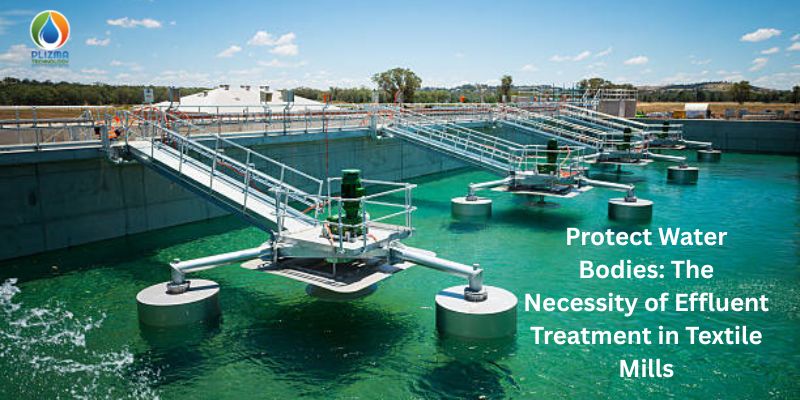The textile industry is one of the most water-intensive industries and is also notorious for generating a large volume of wastewater. The toxic chemicals, dyes, and scraps that are released from textile mills are responsible for generating vast quantities of waste. The textile industry’s effluent waste compositions contribute to water pollution, resulting in significant environmental damage. To mitigate the negative impact of hazardous wastewater from textile mills, the effluent treatment plant is the most essential setup.
The ETP plant, or effluent treatment plant, is a multi-step water treatment system that is crucial for cleaning polluted water. If you own any textile mills, you should hire the best water treatment plant manufacturer in Kolkata to get the actual benefits of effluent treatment in textile mills. Through this blog, we will discuss the necessity of effluent treatment in textile mills to protect the water bodies.
Important Sources that Generate Textile Effluents
Textile production involves both dry and wet processes. In the damp textile production process, clean portable water is essential, as it releases wastewater that requires proper treatment before final disposal. The main reason for the generation of textile effluent is the utilisation of a large volume of water in chemical processing, printing, dyeing, bleaching, and mercerizing.
Necessity of an Effluent Treatment Plant for Textile Mills
The unique design of the effluent treatment plant makes it the most effective wastewater treatment system for the textile industry. Let’s discuss the significant need for an effluent treatment plant in the textile industry.
- Protect the environment
Textile effluents, including chemicals, dyes, and other pollutants, are treated through an effluent treatment process, which is crucial for protecting the environment and human health.
- Maintain regulatory compliance
By introducing effluent treatment plants, textile mills can comply with industrial safety regulations regarding the treatment of wastewater before discharging it into regular water bodies.
- Protect water resources
Contaminated water from textile mills can damage the water quality in the regular water bodies. Thus, an effluent treatment plant is crucial in protecting water bodies from contaminated wastewater.
What is the ETP Plant Process for Textile Mills?
When you choose a reliable water treatment plant manufacturer to get the benefits of an ETP plant for your textile mills, you can experience the most innovative ETP plant processing system.
- Screening & pre-treatment
Screening is the primary treatment process for effluent wastewater from textile mills, designed to remove solid waste particles and large debris.
After screening, the pre-treatment process occurs, which involves sedimentation and equalization, as well as adjusting the water’s pH balance.
- Primary treatment process
In the primary treatment process, wastewater passes through the primary tank for a prolonged period, allowing heavier particles to settle to the bottom.
- Secondary treatment process
Just as in the primary treatment process, biological processes occur in the secondary treatment process. Aerobic and anaerobic reactors enhance the growth of microorganisms that break down organic pollutants.
- Tertiary treatment
In the tertiary treatment process, advanced technologies such as membrane separation, chemical coagulation, and filtration processes are utilized to eliminate dissolved solids, residual solids, and other harmful effluents.
Conclusion
Effluent treatment in textile mills is not a burden; it is the fundamental responsibility to protect water bodies. A pollution-free, healthy water body ensures the safety of humans and the environment. If you run a textile mill, do not waste time. Adopt the ETP plant from Plizma Technology to experience the best quality wastewater treatment process at an affordable price.

